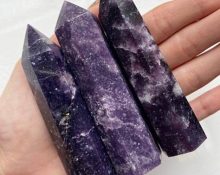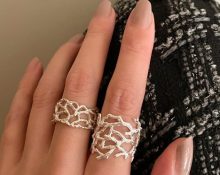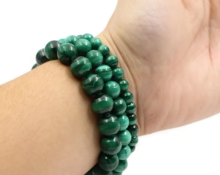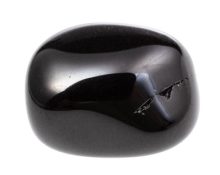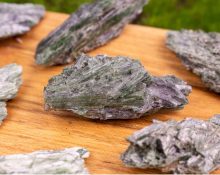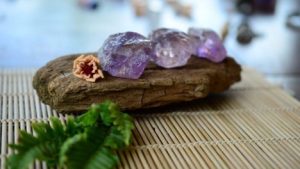
Ametrine is a combination of amethyst and citrine, which are varieties of quartz. Amethyst is clear quartz that contains manganese, which gives it its purple color. Citrine is clear quartz with an admixture of iron, giving it a golden yellow color. Quartz (such as amethyst, citrine, ametrine and others) have been around for many years and make up approximately 12% of the earth's crust.
Ametrine was not available on the market until the 1970s, when it was discovered in Bolivia. According to legend, a Spanish conquistador discovered the ametrine deposit in the 1600s when he acquired the land after marrying a native princess named Anahi. He sent several samples to Queen Isabella of Spain, and then the mine was lost for centuries. When it was rediscovered, it was named after the legendary princess on whose land it was once mined.
The Anahi mine produces natural amethysts, citrines and ametrines.
Metaphysical properties of ametrine
It is believed that ametrine is a stone that provides a complete balance of the properties of amethyst and citrine. As a stone of balance and connection, it relieves tension, brings calm and stimulates creativity, as well as balancing mental stability and self-confidence. Ametrine is considered a dual enhancer for detoxifying the body as both amethyst and citrine are detoxifying agents.
Geological properties of ametrine
Ametrine is a macrocrystalline variety of quartz that is rarely found in nature.
For ametrine to occur in nature, iron impurities, combined with different oxidation states, are exposed to different temperatures. For ametrine to form in nature, the temperature must be slightly warmer on some surfaces, slightly cooler on others, and a delicate balance of these two temperatures must be maintained during quartz crystallization.
Imitation ametrine is created when amethyst is subjected to the same conditions in a laboratory, turning into purple areas with varying shades of yellow. Most ametrines on the market today are heat-treated amethysts.
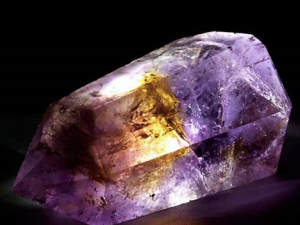
Technical data:
- Chemical composition of SiO2;
- Golden sunny color with a hint of lavender/purple;
- Hardness 7 (Mohs);
- Specific gravity 2.6 – 2.7;
- Refractive index 1.544 – 1.553.
Proper care of ametrine
This stone is hard enough that you can use an ultrasonic cleaner to clean it. Since most ametrines are created through heat treatment, steam cleaning is not recommended. Store ametrine in a cool, dark place as this stone can become discolored when exposed to heat and light.
To learn more about ametrine and other gemstones, order your copy of the revised and expanded edition of Walter Schumann's Gems of the World.
Jewelry design with ametrine
Ametrine comes in a variety of shades, from pale lavender to deep purple, yellow-purple to yellow-orange. In parallel with its flowers, ametrine pairs stunningly with iridescent fluorite, citrine pearls or lavender amethyst. Depending on the color intensity, it can be mixed with muted shades such as blue lace agate and pink agate.


 0
0